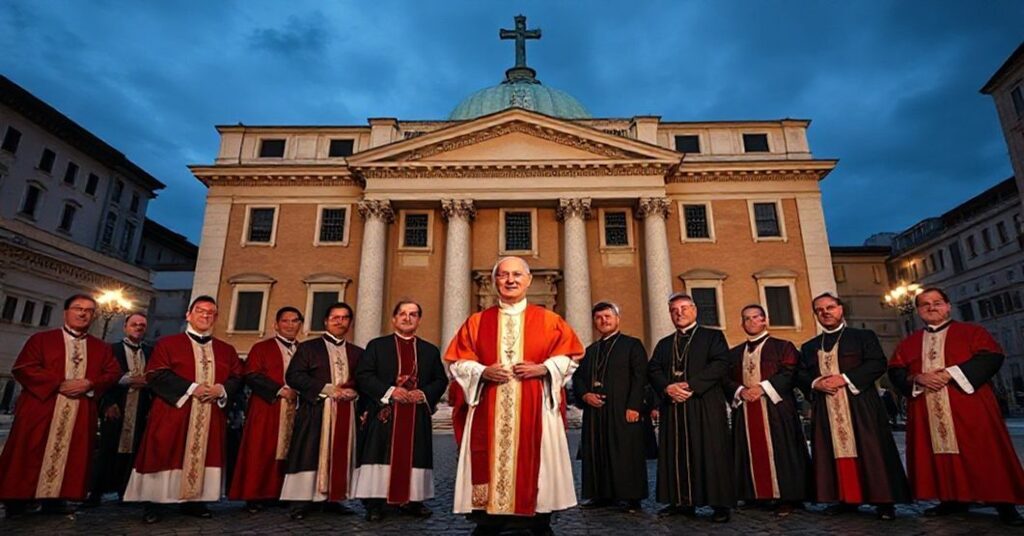Si ingratae mentis (1959.05.11)
Dated 11 May 1959, this Latin letter of antipope John XXIII to Antonio Caggiano and the other Argentine hierarchy commemorates two anniversaries: the centenary of formal diplomatic relations between the Holy See and Argentina, and the 25th anniversary of Pius XI’s reorganization of the ecclesiastical structure in that country. It praises Argentina as a Christian nation, exalts the post-1929 ecclesiastical expansion (parishes, churches, clergy, religious, Catholic Action, schools, hospitals), encourages civil and ecclesiastical authorities to deepen collaboration with the Roman See, and bestows an “apostolic blessing” as a pledge of divine favor.










